Best GPU for Machine Learning: Top 7 Performance Boosters
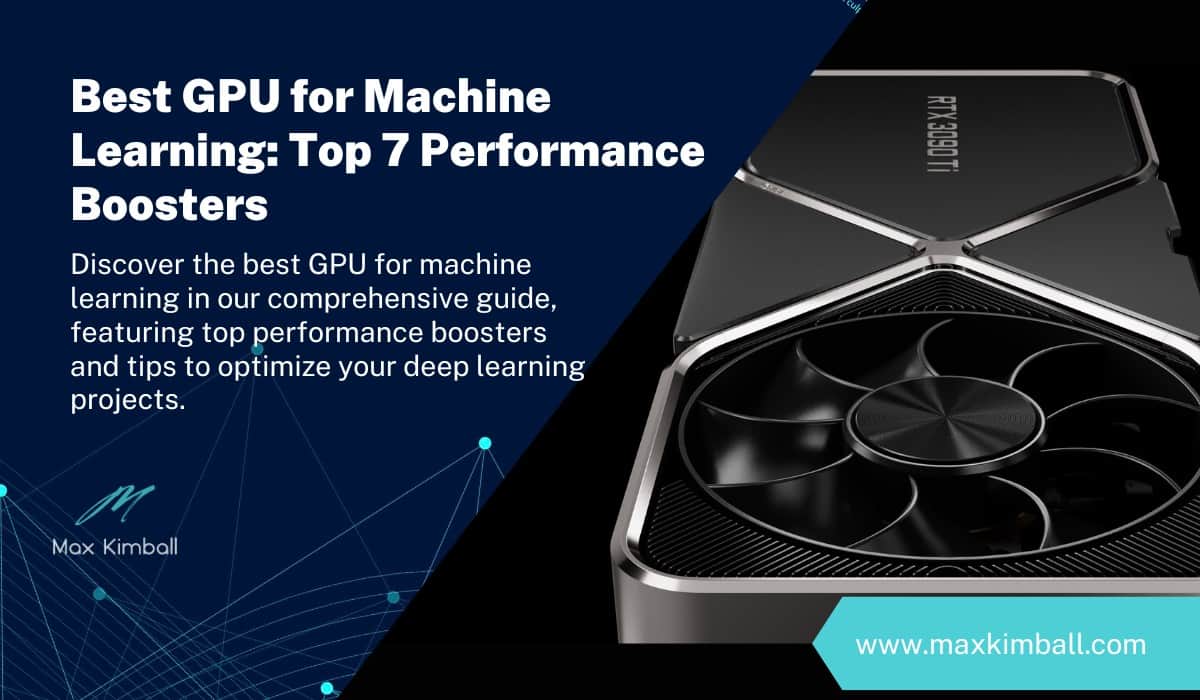
Searching for the best GPU for machine learning can be intimidating, especially given the swift development of tech and a seemingly endless list of possibilities. In this blog post, we will delve deep into understanding the benefits of powerful GPUs in accelerating your machine learning projects.
We will guide you through choosing the right GPU tailored to your specific needs and budget. Our comprehensive list of the 7 best GPUs for machine learning includes both NVIDIA and AMD offerings, providing insights on their performance capabilities and suitability for various tasks.
Furthermore, we’ll discuss how to effectively utilize your chosen GPU in machine learning projects while optimizing its performance to achieve maximum efficiency. Stay tuned as we explore these critical aspects that can help elevate your deep learning applications using the best GPU for machine learning.
Table of Contents:
- Understanding the Benefits of a Powerful GPU for Machine Learning
- Accelerated Training Times
- Better Performance on Large Datasets
- Ecosystem Support
- Energy Efficiency
- Choosing the Right GPU for Your Machine Learning Project
- Top 7 GPUs for Machine Learning
- Utilizing Your GPU in Machine Learning Projects
- Optimizing Performance with Your GPU
- Best GPU for Machine Learning
- Conclusion
Understanding the Benefits of a Powerful GPU for Machine Learning
In recent years, Graphics Processing Units (GPUs) have become an essential tool in the field of machine learning. A powerful GPU can significantly improve the performance and efficiency of your machine learning projects by providing parallel processing capabilities and handling large amounts of data quickly. In this section, we will discuss some key benefits that a powerful GPU brings to your machine learning endeavors.
Accelerated Training Times
One major advantage of using GPUs for machine learning is their ability to accelerate training times. Complex models with millions or even billions of parameters can take days or weeks to train on traditional Central Processing Units (CPUs). GPUs are equipped to handle parallel tasks, such as matrix calculations that occur in deep learning approaches like neural networks. By leveraging these capabilities, you can reduce training times from days to hours or even minutes.
Better Performance on Large Datasets
Data analysts often work with massive datasets containing millions or billions of data points when developing machine learning models. These datasets require significant memory bandwidth and computational power during both preprocessing and model training stages. A high-performance GPU offers ample memory capacity and faster computation speeds compared to CPUs, allowing you to process larger datasets more efficiently.
Ecosystem Support
The growing popularity of GPUs in the field has led many popular machine learning frameworks like TensorFlow and PyTorch to offer native support for them out-of-the-box. This means that developers do not need any additional setup steps when utilizing these libraries on machines equipped with compatible GPUs – simply install the library’s appropriate version with GPU support, and you are ready to go. Furthermore, NVIDIA’s CUDA platform provides a comprehensive suite of tools for developers to build custom GPU-accelerated applications.
Energy Efficiency
Another benefit of using GPUs in machine learning projects is their energy efficiency compared to CPUs. While training complex models on CPUs can consume large amounts of power, GPUs can perform the same tasks with significantly lower energy consumption due to their parallel processing capabilities. This not only reduces your project’s environmental impact but also lowers operational costs.
In summary, incorporating a powerful GPU into your machine learning workflow offers numerous benefits such as accelerated training times, better performance on large datasets, ecosystem support from popular frameworks and libraries, and improved energy efficiency. In the following section, we will explore how to select a GPU that meets your requirements.
Understanding the benefits of a powerful GPU for machine learning is essential to ensure that your project runs efficiently and effectively. Having the facts in hand, you can now decide wisely on which GPU is most suitable for your machine learning task.
A powerful GPU can significantly improve the performance and efficiency of machine learning projects by providing parallel processing capabilities and handling large amounts of data quickly. Benefits include accelerated training times, better performance on large datasets, ecosystem support from popular frameworks and libraries, and improved energy efficiency compared to CPUs. When choosing a GPU for your specific needs, consider factors such as memory capacity, computational power, compatibility with popular frameworks like TensorFlow or PyTorch, and energy consumption.
Choosing the Right GPU for Your Machine Learning Project
When selecting the best GPU for machine learning that is right for your project, it’s essential to consider certain criteria that can affect performance and efficiency; this section outlines some of these key points.
Memory Capacity
The memory capacity of a GPU is essential in handling large datasets and complex models in machine learning projects. For applications that require larger datasets or deep neural networks with multiple layers, GPUs with 16GB or more VRAM such as the NVIDIA GeForce RTX 30 Series are recommended to reduce data transfer times between CPU and GPU during computation. For most applications, at least 8GB of VRAM (Video Random Access Memory) is recommended; however, if your project requires processing larger datasets or using deep neural networks with many layers, consider GPUs with 16GB or more VRAM like NVIDIA GeForce RTX 30 Series.
Compute Power
Compute power refers to the number of calculations a GPU can perform per second and directly impacts how quickly your algorithms run on the device. This metric is typically measured by FLOPs (Floating Point Operations Per Second). When comparing GPUs for machine learning tasks, look for those with high TFLOPs (TeraFLOPs) values such as AMD Radeon RX 6000 Series, which offer better performance in training complex models.
Compatibility & Software Support
Ensure that your chosen GPU is compatible with popular machine learning frameworks like TensorFlow or PyTorch since these libraries provide pre-built functions optimized specifically for certain hardware types. Verify that your GPU is compatible with CUDA or OpenCL, as these programming interfaces allow for parallel processing on GPUs and are extensively used in machine learning tasks.
Cost & Power Efficiency
While high-performance deep learning GPUs can be expensive, it’s important to balance the cost with the performance requirements for your project. Consider not only the initial purchase price but also power efficiency and long-term operating costs when comparing different models. For instance, NVIDIA A100 Tensor Core GPU offers exceptional performance per watt ratio, making it an attractive option for those looking to optimize both computational power and energy consumption.
Scalability & Multi-GPU Support
If you plan on scaling up your machine learning projects in the future or need additional compute resources for larger datasets, consider a GPU that supports multi-GPU configurations like NVIDIA NVLink technology-enabled devices. This feature allows you to connect multiple GPUs together for increased performance and memory capacity without significant overheads.
In summary, selecting the right GPU involves considering factors such as memory capacity, compute power, compatibility with popular frameworks and APIs, cost-effectiveness, power efficiency, and scalability options. By carefully evaluating these criteria based on your specific project needs, you can ensure optimal results from your chosen hardware solution.
Selecting the proper graphics processing unit for your ML venture is a key factor to secure peak functioning and cost-effectiveness. Let’s investigate the top 7 GPUs for Machine Learning to enable you to settle on an educated choice.
When choosing the best GPU for machine learning, it’s important to consider factors such as memory capacity, compute power, compatibility with popular frameworks and APIs, cost-effectiveness, power efficiency, and scalability options. GPUs with at least 8GB of VRAM are recommended for most applications; high TFLOPs values like those found in the AMD Radeon RX 6000 Series offer better performance in training complex models. Additionally, multi-GPU configurations can provide increased performance and memory capacity without significant overheads.
Best GPU for Machine Learning
For machine learning projects, we have selected the top 7 GPUs based on their performance, memory capacity, and compatibility with various frameworks. These GPUs have been chosen for their power, memory size, and compatibility with multiple machine learning frameworks.
1. NVIDIA A100 Tensor Core GPU

NVIDIA A100 Tensor Core GPU: The NVIDIA A100 is a powerful GPU designed specifically for AI and high-performance computing workloads. With its massive memory of up to 40 GB HBM2e and advanced tensor cores, it delivers unmatched acceleration capabilities for deep learning models.
2. NVIDIA GeForce RTX 3090
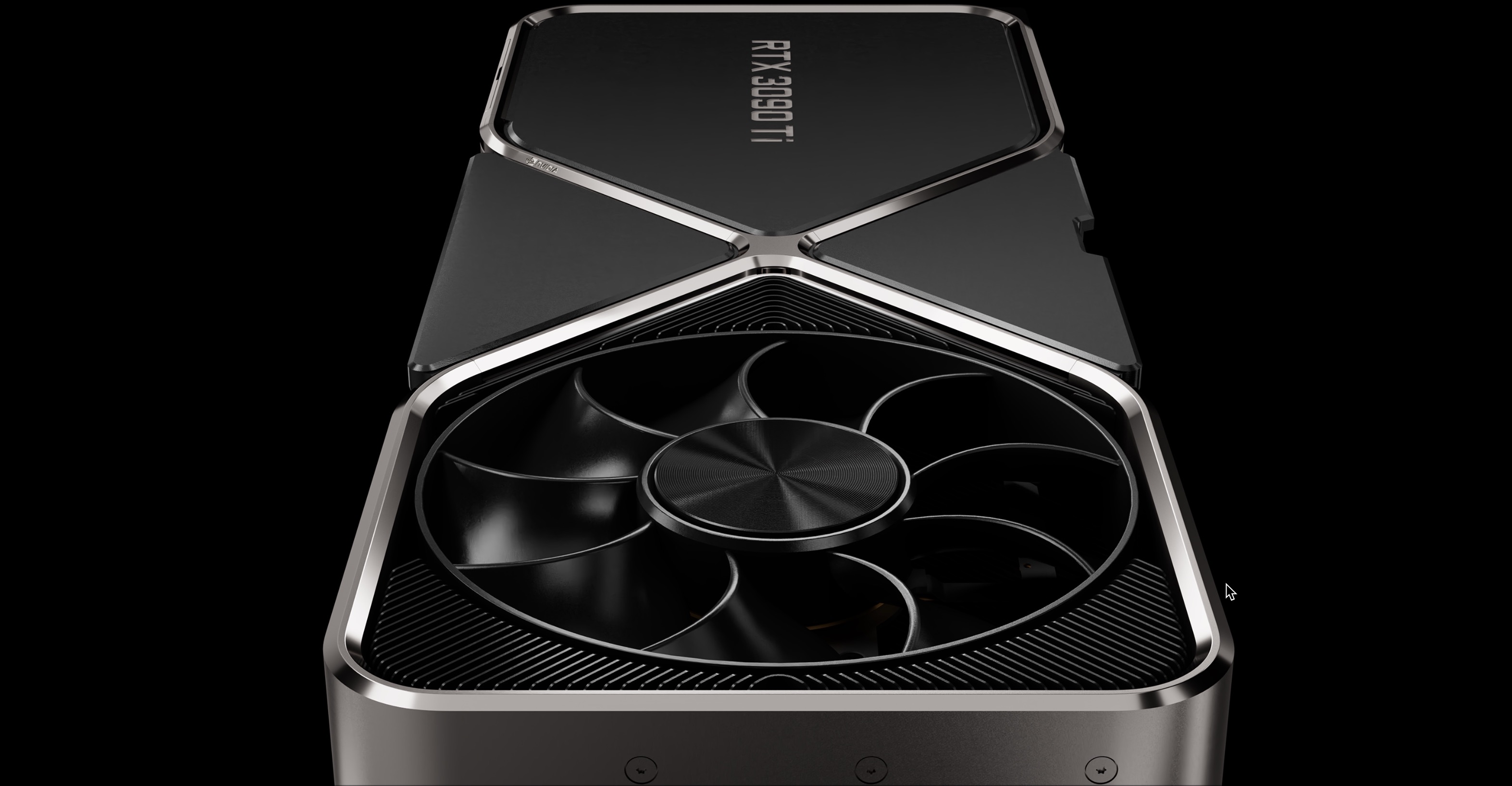
3. NVIDIA Titan RTX
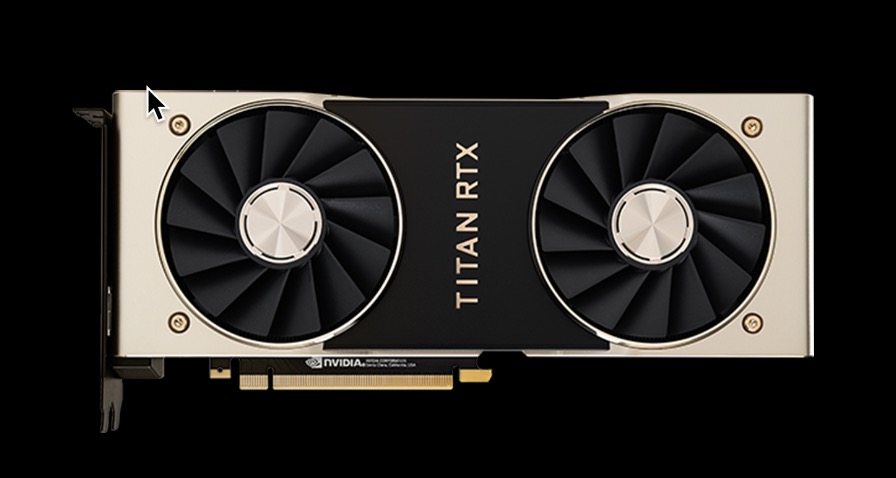
NVIDIA Titan RTX: Another excellent choice from NVIDIA is the Titan RTX. This GPU comes with an impressive 24 GB GDDR6 memory along with Turing architecture that provides exceptional parallel processing capabilities required by many machine learning algorithms.
4. NVIDIA GeForce RTX 3080
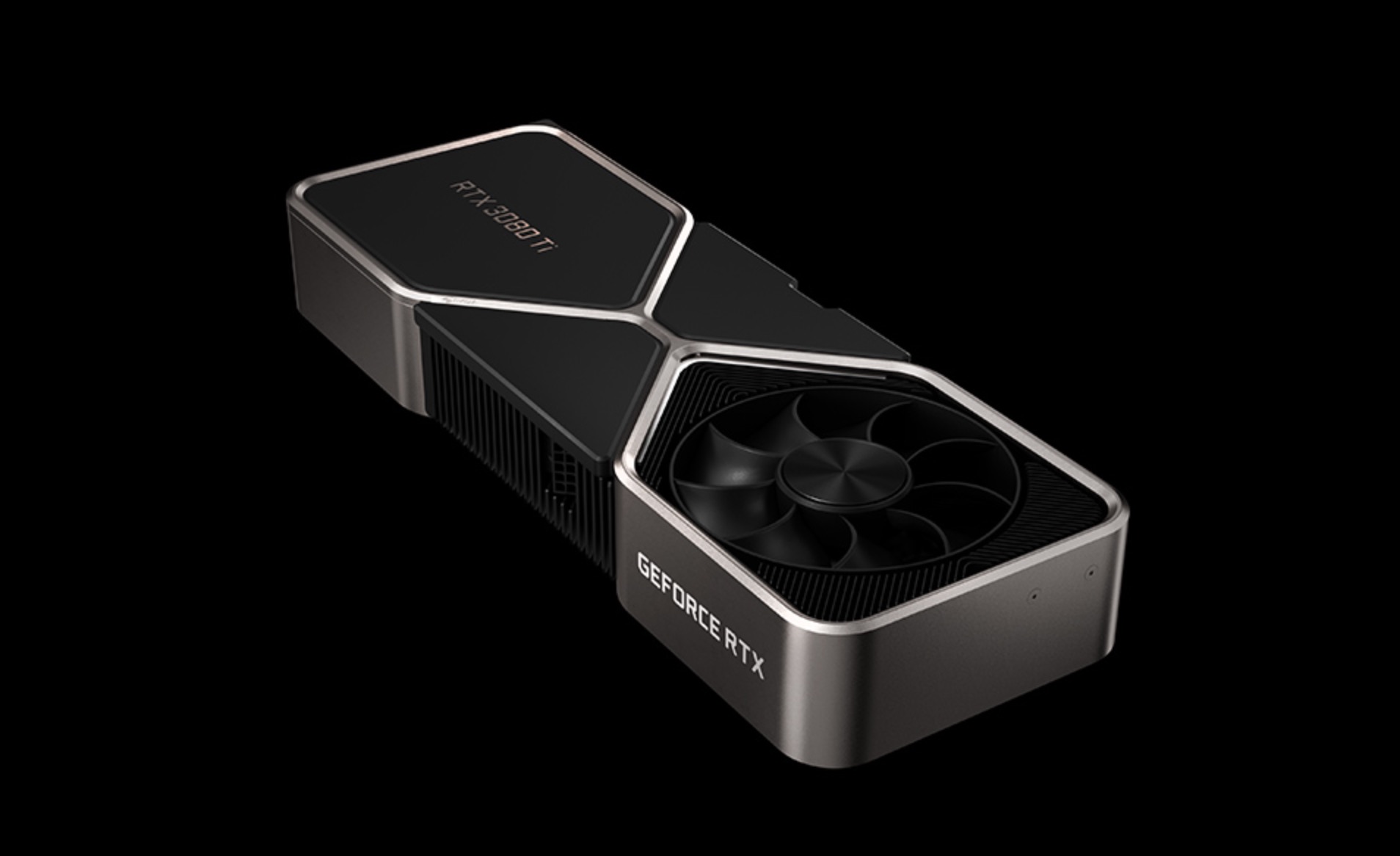
NVIDIA GeForce RTX 3080: The younger sibling of the RTX 3090, the RTX 3080 is a more budget-friendly option that still delivers outstanding performance in machine learning tasks. It features 10 GB GDDR6X memory and supports NVIDIA’s latest Ampere architecture.
5. AMD Radeon Instinct MI100
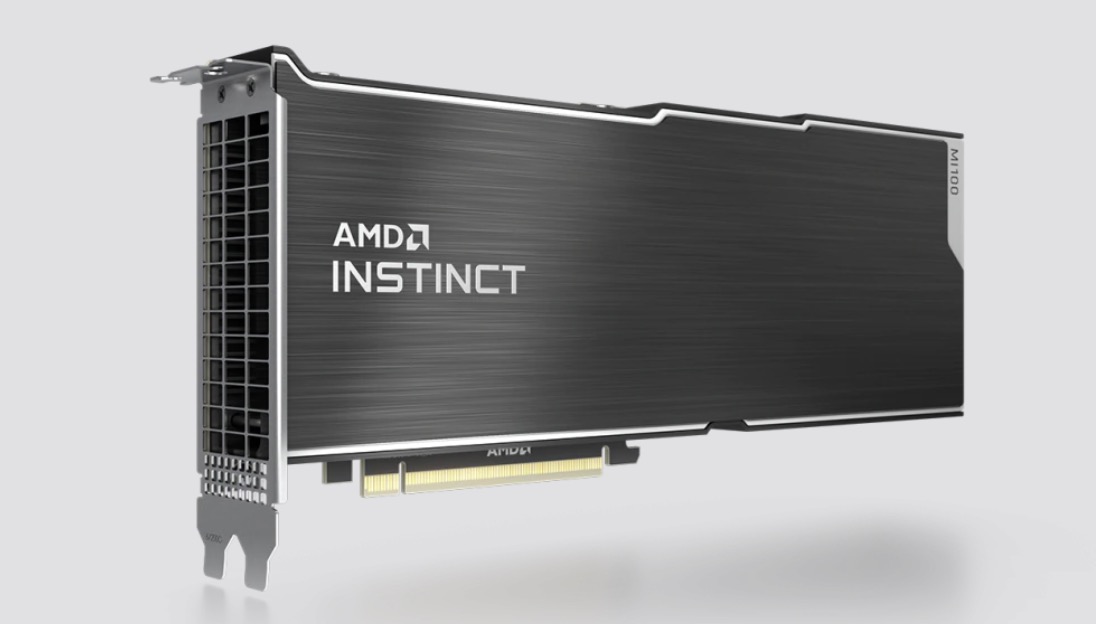
AMD Radeon Instinct MI100: AMD’s first CDNA-based GPU, the Radeon Instinct MI100, offers exceptional performance for machine learning workloads. With its Infinity Fabric technology and up to 32 GB HBM2 memory, it can handle large-scale deep learning models with ease.
6. NVIDIA GeForce RTX 3070
NVIDIA GeForce RTX 3070: Another great option from NVIDIA’s RTX series is the RTX 3070. This GPU comes with an affordable price tag while still providing excellent performance in ML applications thanks to its Turing architecture and 8 GB GDDR6 memory.
7. AMD Radeon RX 6900 XT
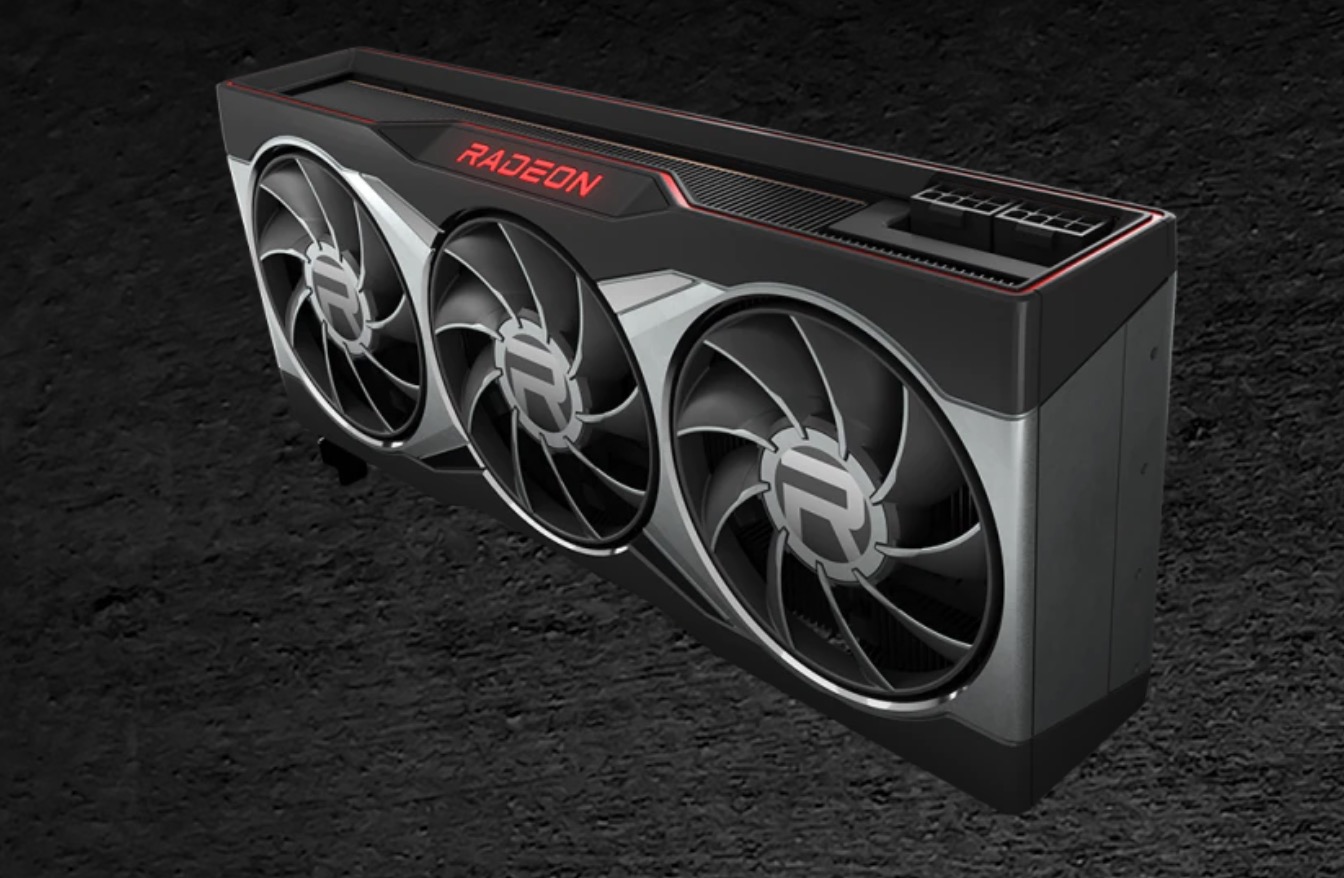
AMD Radeon RX 6900 XT: As one of AMD’s top gaming GPUs, the Radeon RX 6900 XT also excels in machine learning tasks. It boasts a powerful RDNA2 architecture along with a generous 16 GB GDDR6 memory which makes it suitable for handling complex ML algorithms.
When looking for the best GPU, there are numerous alternatives available to meet your requirements and financial limits. Always consider factors such as compatibility with your chosen machine learning framework, power consumption, cooling requirements, and overall system performance when selecting a GPU for your project.
By taking into consideration the needs of data analysts and students, this article has provided a comprehensive overview of the top 7 deep learning GPUs. Having established the best GPU for machine learning, let us now explore how to maximize their potential in ML projects.
This article discusses the top 7 GPUs for machine learning, including NVIDIA A100 Tensor Core GPU, GeForce RTX 3090 and Titan RTX from NVIDIA, AMD Radeon Instinct MI100 and RX 6900 XT from AMD. These GPUs are selected based on their performance, memory capacity and compatibility with various machine learning frameworks.
Utilizing Your GPU in Machine Learning Projects
To get started, we’ll explore how to properly configure your environment for using a GPU in machine learning projects. We’ll cover setting up your environment, running algorithms with the help of a powerful GPU, and some best practices for maximizing performance.
Setting Up Your Environment
To begin using your chosen GPU for machine learning tasks, you need to set up an appropriate software environment. This typically involves installing the necessary drivers and libraries that enable communication between your computer’s CPU and the GPU.
- CUDA Toolkit: For NVIDIA GPUs, install CUDA Toolkit which provides a development environment for creating high-performance applications on GPUs.
- AMD ROCm: If you have an AMD Radeon Instinct card or other compatible hardware from AMD, install ROCm (Radeon Open Compute) platform for deep learning frameworks like TensorFlow or PyTorch.
- Deep Learning Frameworks: Install popular deep learning frameworks such as TensorFlow-GPU, PyTorch with CUDA support, or others depending on your project requirements and preferences.
Running Algorithms Using Your GPU
Once you’ve set up the proper environment for utilizing your powerful GPU in machine learning projects, it’s time to run algorithms that take advantage of its capabilities. Most modern deep-learning frameworks offer built-in support for parallel processing on GPUs, making it easy to leverage their power for faster training and inference.
For example, in TensorFlow, you can use the tf.device context manager to specify which device (CPU or GPU) your code should run on:
In PyTorch, you can move your model and data to the GPU using the .to() method:
Tips for Maximizing Performance with Your GPU
To get the most out of your powerful GPU in machine learning projects, consider these best practices:
- Data Preprocessing: Optimize preprocessing steps like resizing images or tokenizing text so that they don’t become a bottleneck during training. Consider using libraries such as Albumentations, which are designed specifically for fast image augmentation on GPUs.
- Mixed Precision Training: Use mixed precision training techniques like FP16 (half-precision floating-point numbers) instead of FP32 (single-precision floating-point numbers). This allows you to fit larger models into memory while also reducing computation time. Both TensorFlow and PyTorch offer support for mixed precision training; check their respective documentation for more information.
- Distributed Training: If possible, distribute your workload across multiple GPUs or even multiple machines to further speed up training. TensorFlow and PyTorch provide the ability to scale up ML tasks through their built-in distributed training capabilities.
Exploiting the GPU for machine learning initiatives can be a great means to improve model velocity and precision. With proper optimization, you can take full advantage of this powerful technology for maximum performance. To maximize our GPU usage, let us explore some additional techniques to further optimize its performance.
This section discusses how to effectively use your GPU in machine learning projects, including setting up the appropriate software environment and running algorithms that take advantage of its capabilities. Best practices for maximizing performance are also provided, such as optimizing data preprocessing steps and utilizing mixed precision training techniques or distributed training if possible.
Optimizing Performance with Your GPU
In this section, we will discuss how to optimize performance with your GPU by using techniques such as parallel processing and batching data. These methods can help you make the most of your powerful GPU in machine learning projects, ensuring faster training times and more accurate results.
Parallel Processing
One of the main advantages of using a GPU for machine learning is its ability to perform parallel processing. This means that multiple tasks can be executed simultaneously on different cores within the GPU, significantly speeding up computations. To take advantage of this feature in your machine learning project:
- Ensure that your algorithms are designed to support parallelism.
- Utilize a programming language or library that supports parallel computing on GPUs, such as CUDA for NVIDIA GPUs or OpenCL for AMD GPUs, to optimize your machine learning project.
- Distribute workloads evenly across all available cores to maximize utilization and avoid bottlenecks.
Data Batching
Data batching is another technique used to optimize performance when working with large datasets in machine learning projects. By dividing the dataset into smaller batches and feeding them into the model one at a time, you can reduce memory usage while still benefiting from parallel processing capabilities offered by modern GPUs:
- Determine an optimal batch size based on factors like available memory, dataset size, and model complexity.
- Create a function or utilize existing libraries (such as TensorFlow’s Dataset API) to divide your dataset into smaller chunks.
- Adjust your training loop to process one batch at a time, updating model parameters after each iteration.
Tuning Hyperparameters
Optimizing the performance of your deep learning models also involves tuning hyperparameters. High perplexity and increased randomness can be achieved by adjusting hyperparameters, which are variables that influence the training process and its resulting outcomes. Some common hyperparameters include:
- Learning rate: Determines how quickly the model adapts to new data during training.
- Momentum: Helps accelerate convergence by taking into account previous weight updates.
- Regularization: Controls overfitting by adding penalties for large weights in the model.
To optimize these values, you can use techniques like grid search or random search, which involve testing different combinations of hyperparameter settings and selecting those that yield optimal performance. For more advanced optimization methods, consider using libraries such as Optuna or Scikit-Optimize.
Monitoring GPU Utilization
Last but not least, it’s essential to monitor your GPU utilization during machine learning projects to ensure maximum efficiency. By keeping an eye on metrics like memory usage and compute load, you can identify potential bottlenecks and make adjustments accordingly:
- NVIDIA users can utilize tools like NVIDIA System Management Interface (Nvidia-semi) or NVML library for monitoring their GPUs’ status in real time.
- If you’re using TensorFlow or PyTorch frameworks, they often provide built-in functions for tracking resource consumption during training sessions.
- You may also want to explore third-party solutions such as TensorBoard or Weights & Biases for more comprehensive monitoring capabilities.
To optimize performance with a GPU in machine learning, parallel processing and data batching techniques can be used. Hyperparameters should also be tuned to improve results, and monitoring GPU utilization is important for identifying potential bottlenecks.
When choosing a GPU for machine learning, consider factors such as processing power, memory bandwidth, and the number of CUDA cores and tensor cores. For large-scale deep learning projects, multiple GPUs or data center GPUs may be necessary.
Conclusion
Once the advantages of a powerful GPU for machine learning have been comprehended and an appropriate one chosen for your project, it is possible to research some of the leading GPUs on the market. By utilizing your GPU effectively and optimizing its performance, you can enhance the speed and accuracy of your deep learning projects.
Whether you are working on deep learning or data analysis tasks, having the best GPU for machine learning is essential to achieve optimal results. Therefore, it is crucial to choose wisely based on your requirements and budget.
If you want to learn more about how GPUs can help with your machine learning projects or need assistance in selecting the best one for your needs, feel free to contact Max Kimball, an expert in this field.

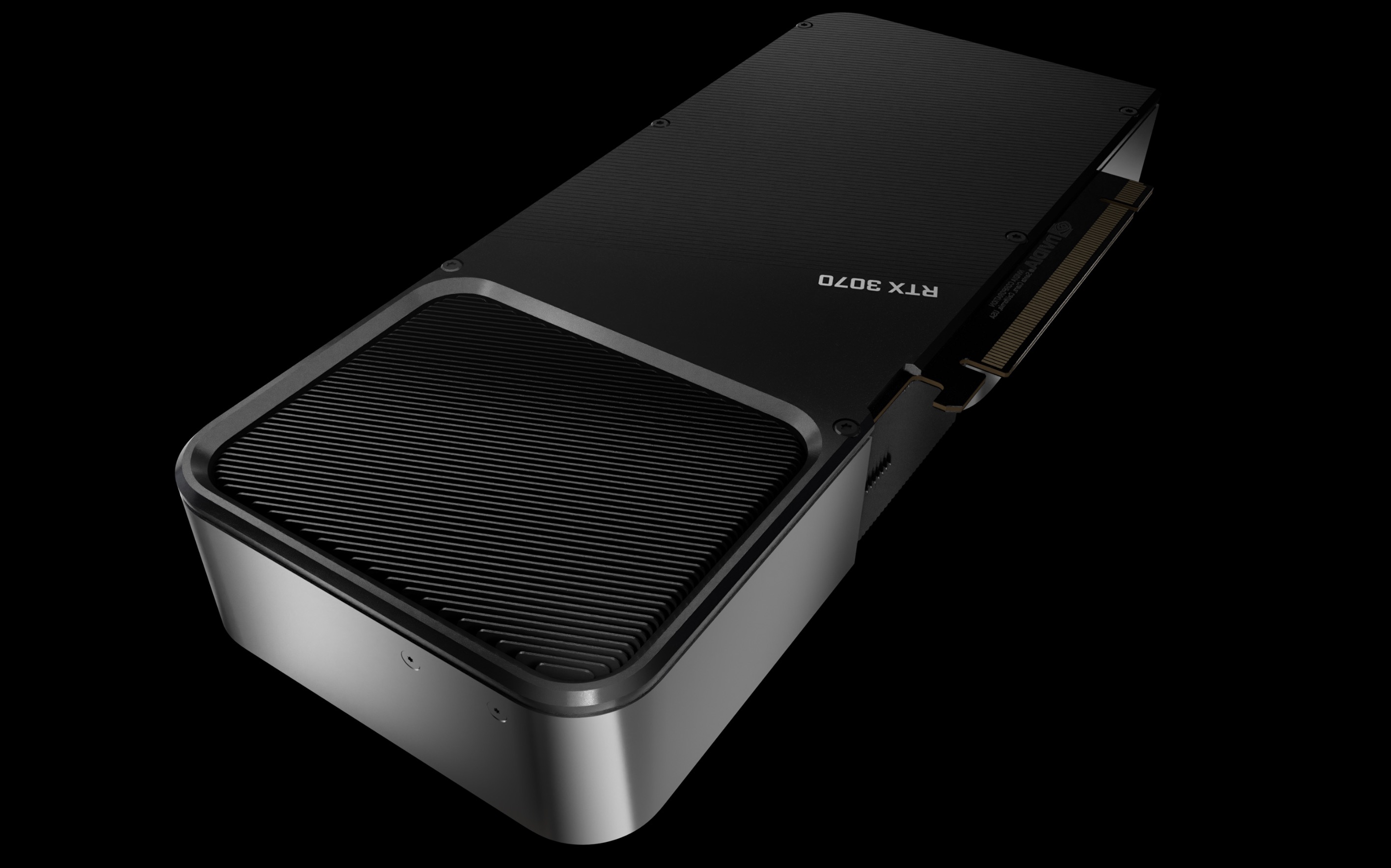
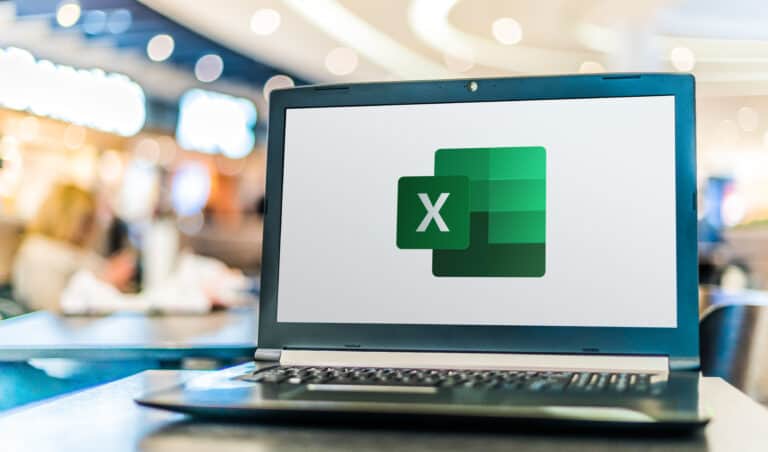
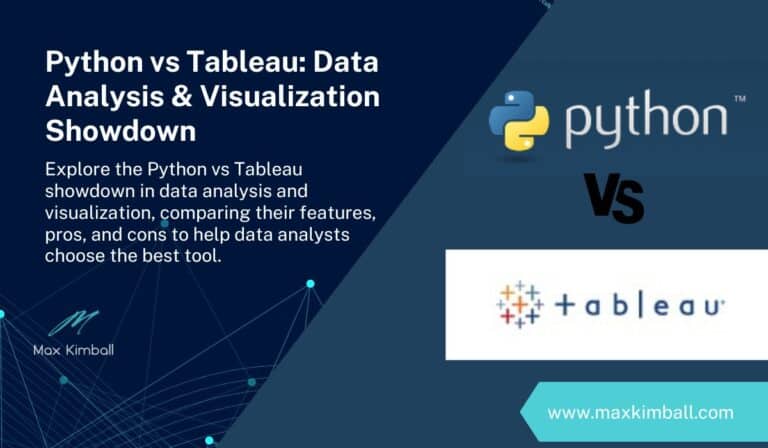
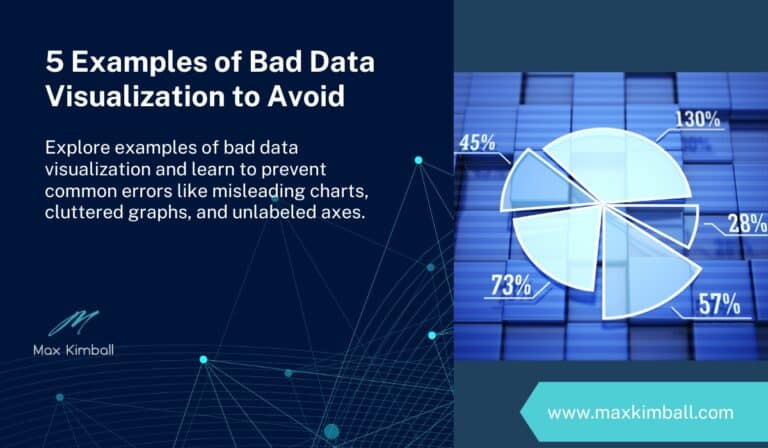
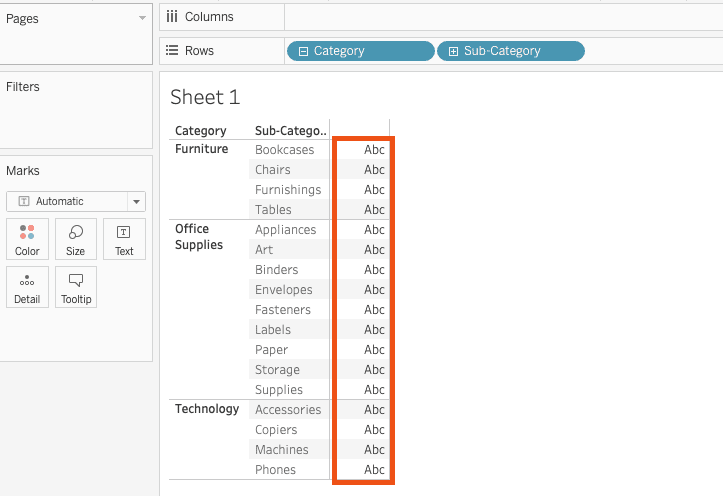
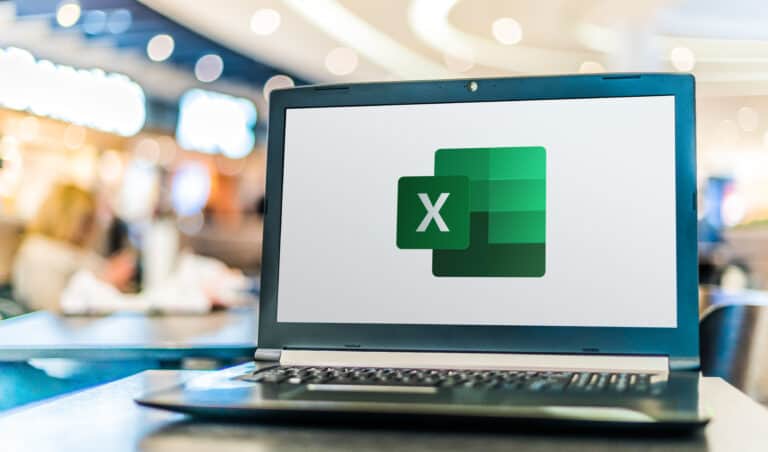

3 Comments
Comments are closed.